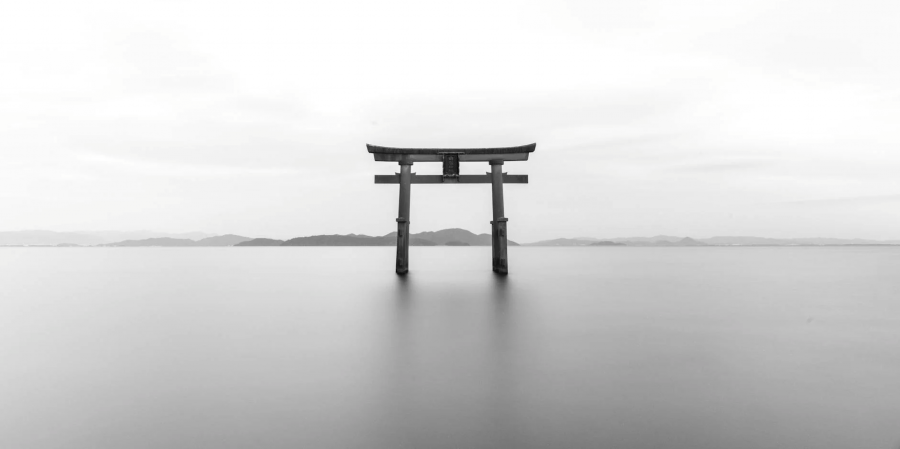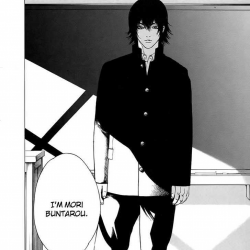

In the annals of history, Japan's ancient past shimmers with tales of honor, tradition, and the delicate balance of power. However, beneath the surface of this seemingly serene facade lies a tapestry woven with the threads of darkness and tyranny. From ruthless shoguns to clandestine machinations, the shadows of Japan's past cast a long and ominous silhouette over its history. Let's delve into the obscured corners of ancient Japan's rule, where the light of justice often struggled to penetrate the darkness.
1. Feudalism: The Reign of Fear and Subjugation
The feudal system in ancient Japan was a double-edged sword. While it provided structure and stability, it also entrenched a rigid hierarchy where the ruling elite held absolute power over the masses. Samurai, the revered warriors of Japan, enforced the will of their lords with unwavering loyalty, often at the expense of the common people who lived in fear of their blades. Peasants toiled under oppressive taxes and merciless exploitation, their lives mere pawns in the power struggles of feudal lords.
2. The Shogunate: Puppeteers of Power
The rise of the shogunate marked a pivotal point in Japan's history, as military leaders usurped control from the imperial court and established their own reign of authority. While ostensibly serving the emperor, the shoguns wielded unparalleled influence, ruling with an iron fist and suppressing any dissent with ruthless efficiency. Behind the facade of unity and order, political intrigue and backstabbing were rife, with rival clans vying for supremacy and willing to resort to any means necessary to secure their grip on power.
3. The Code of Bushido: A Mask for Barbarity
The code of Bushido, the way of the warrior, was heralded as the epitome of honor and virtue. Yet, beneath its lofty ideals lurked a darker truth. While samurai were bound by duty, loyalty, and self-sacrifice, they were also trained killers, conditioned to follow orders without question and to mete out death with cold precision. The romanticized image of the noble samurai belies the brutal reality of their actions on the battlefield, where mercy was a luxury few could afford.
4. The Shadowy World of Assassins and Espionage
In the shadows of ancient Japan, another breed of warriors thrived: the ninja. Masters of stealth, sabotage, and subterfuge, these clandestine operatives operated outside the bounds of honor and chivalry, their allegiance bought and sold to the highest bidder. Employed by feudal lords and shoguns alike, ninjas engaged in espionage, assassination, and espionage, their exploits shrouded in secrecy and myth.
5. Repression and Rebellion: The Seeds of Discord
Despite the veneer of order, ancient Japan simmered with discontent and unrest. Peasant uprisings, samurai revolts, and sectarian violence were commonplace, as the disenfranchised masses sought to overthrow their oppressors and carve out a better existence. The ruling elite responded with brute force, quashing dissent with indiscriminate violence and tightening their grip on power with each passing conflict.
In the tapestry of Japan's history, the dark threads of oppression, tyranny, and violence are woven alongside the bright hues of tradition, honor, and resilience. To understand the true legacy of ancient Japan's rule is to acknowledge the shadows that linger beneath the surface, reminding us that even in the land of the rising sun, darkness has always been a part of the picture.


